Rising Energy Costs
The increasing cost of traditional energy sources is a pivotal driver for the Solar-assisted Heat Pump Market. As energy prices continue to rise, consumers and businesses are seeking more cost-effective and sustainable alternatives. Solar-assisted heat pumps offer a dual benefit: they utilize renewable solar energy, which can significantly reduce energy bills, and they enhance energy efficiency. According to recent data, the adoption of solar-assisted heat pumps can lead to energy savings of up to 50% compared to conventional heating systems. This financial incentive is likely to propel the market forward, as more stakeholders recognize the long-term economic advantages of investing in solar-assisted technologies.
Environmental Regulations
Stringent environmental regulations are increasingly shaping the Solar-assisted Heat Pump Market. Governments worldwide are implementing policies aimed at reducing carbon emissions and promoting renewable energy sources. These regulations often mandate the use of energy-efficient systems in residential and commercial buildings. As a result, solar-assisted heat pumps, which are designed to minimize environmental impact, are becoming a preferred choice for compliance. The market is projected to grow as businesses and homeowners seek to align with these regulations, thereby enhancing their sustainability profiles. The integration of solar-assisted heat pumps into building codes and standards is likely to further stimulate market demand.
Technological Innovations
Technological advancements play a crucial role in the Solar-assisted Heat Pump Market. Innovations in heat pump technology, such as improved efficiency ratings and enhanced solar integration, are making these systems more appealing to consumers. Recent developments have led to the creation of hybrid systems that combine solar energy with traditional heating methods, providing flexibility and reliability. The market is witnessing a surge in the introduction of smart technologies that allow for better energy management and monitoring. These innovations not only improve performance but also increase consumer confidence in solar-assisted heat pumps, potentially driving higher adoption rates.
Increased Consumer Awareness
Consumer awareness regarding the benefits of renewable energy is a significant driver for the Solar-assisted Heat Pump Market. As individuals become more informed about climate change and energy efficiency, there is a growing demand for sustainable heating solutions. Educational campaigns and marketing efforts are effectively highlighting the advantages of solar-assisted heat pumps, including their cost savings and environmental benefits. This heightened awareness is likely to lead to increased consumer interest and investment in solar-assisted technologies. Market data suggests that regions with higher levels of consumer education on renewable energy tend to exhibit greater adoption rates of solar-assisted heat pumps.
Government Incentives and Subsidies
Government incentives and subsidies are instrumental in propelling the Solar-assisted Heat Pump Market. Many governments are offering financial support to encourage the adoption of renewable energy technologies, including solar-assisted heat pumps. These incentives can take the form of tax credits, rebates, or grants, significantly lowering the initial investment barrier for consumers. As a result, the market is expected to expand as more individuals and businesses take advantage of these financial benefits. The presence of supportive policies is likely to create a favorable environment for the growth of solar-assisted heat pumps, making them a more accessible option for a broader audience.


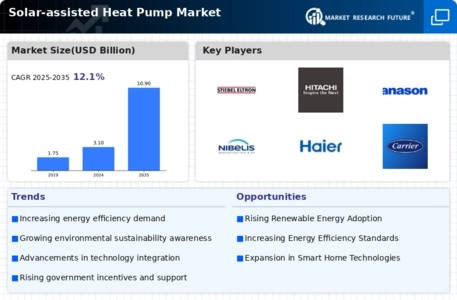
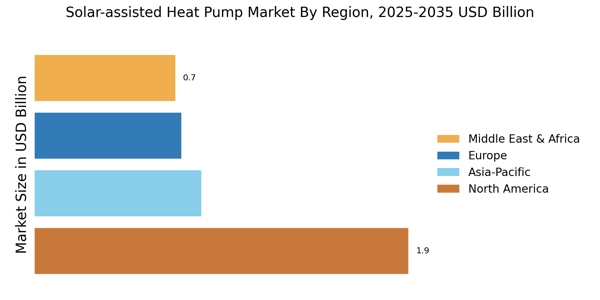

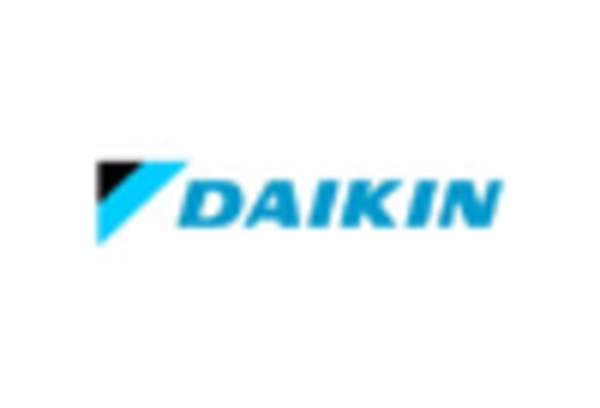
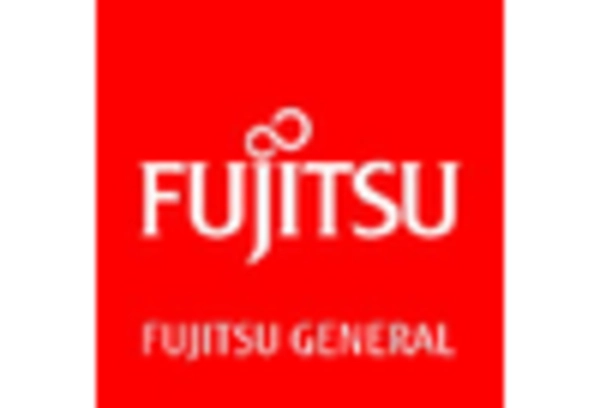


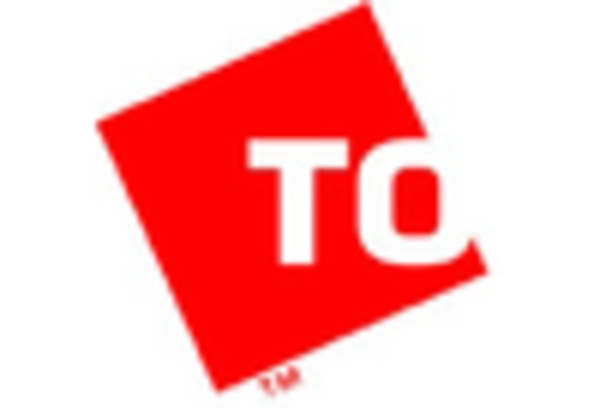








Leave a Comment